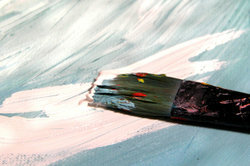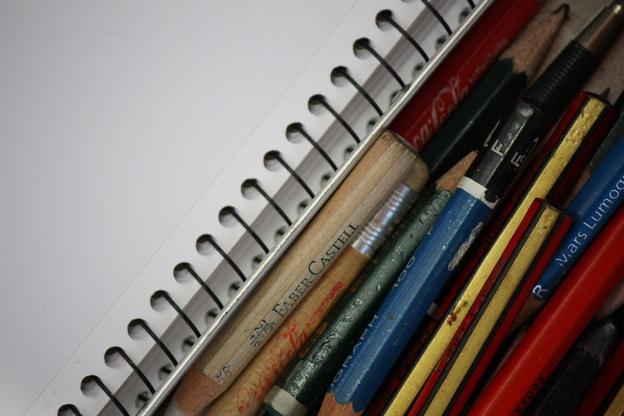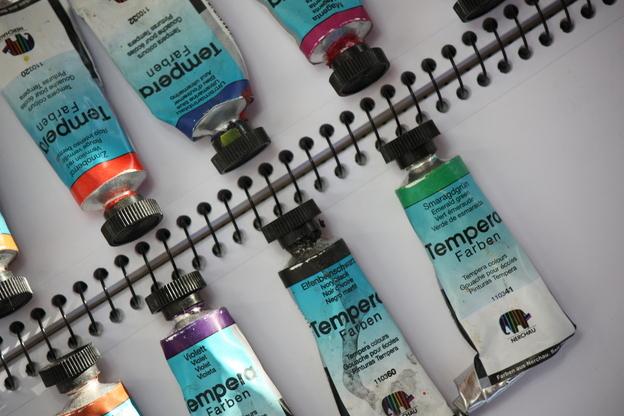How to paint
When looking for a pleasant pastime, many people end up painting at some point. Equipped with a brush and paint, it is then on the canvas, where it is quickly discovered that the necessary basics are missing. Anyone who paints here can benefit from an introduction.

What you need:
- paper
- colour
- paint brush
- pencils
- ruler

Training sessions for the start
- Prepare your workspace by laying out a few sheets of paper and removing the pens or pencils. Unpack the brush. Here you decide which product will be used for painting.
- Now take the time to get to know the individual leads, bristles or similar materials. This will give you a feeling for the services that can be performed as a result.
- Move on to bigger workouts. Pick up the ruler and draw a few lines at large intervals. Next to it, try to trace it, this time without a ruler. The aim is to develop your feeling for correct forms. You can practice similar things with a glass (circle) or a set square (triangle). The following applies: Repetition sharpens the senses.
- Exercises can be expanded individually. When painting with brushes, you should see what effects are created by the overlapping of paint; when painting with pencils, the individual degrees of hardness should play a decisive role. Take time for your new hobby so that you can start with a certain experience with the first picture.

Painted the first time
- Have you chosen a motif? Before you get started, there are a few exercises you should do on plain paper. To do this, grab a pencil and paint the picture on A4. Corrections can be made with an eraser. The more often you repeat the drawing, the safer it is to be painted later.
- Then venture into the actual painting products and begin by roughly drawing the first few outlines. Then comes the actual painting.
- Take advantage of the flexibility of color. Shortly after application, this can still be liquid and can be easily corrected. After drying, this should be difficult to do.
How to paint a rose - step-by-step instructions
The rose is one of the most beautiful flowers in the world. It is copied again and again ...
How helpful do you find this article?


